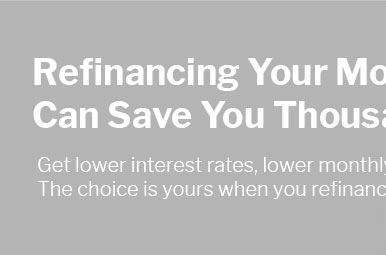 |
 |
 |
 |
 |
|---|
 |
 |
|
|---|---|---|
 |
 |
|
 |
 |
|
 |
 |
 |
 |
 |
 |
Understanding Conventional Loan Rates TodayIn today's ever-evolving financial landscape, staying informed about conventional loan rates is essential for prospective homeowners and refinancers alike. Conventional loans, typically offered by private lenders such as banks and credit unions, are not insured by the federal government, distinguishing them from FHA or VA loans. This characteristic can often make them a more attractive option for borrowers with a solid credit history and stable income, as they tend to offer more favorable terms. As of this moment, the average interest rate for a conventional 30-year fixed mortgage hovers around the mid-6% range. However, it's crucial to note that rates fluctuate frequently, influenced by a myriad of factors including the Federal Reserve's monetary policy, inflation trends, and broader economic conditions. When the Fed adjusts its benchmark interest rate, it indirectly influences mortgage rates, making them subject to change in response to shifts in the economic environment. For those considering a shorter loan term, the 15-year fixed-rate mortgage is another popular option. This alternative typically offers a lower interest rate, approximately 0.5% to 1% less than the 30-year fixed rate. The trade-off, however, is higher monthly payments, which some borrowers are willing to accept in exchange for paying less interest over the life of the loan and building equity more quickly. Another important aspect to consider is the borrower's credit score. Lenders reserve the most competitive rates for those with excellent credit, generally defined as a FICO score of 740 or higher. Borrowers with lower scores might still qualify for a conventional loan, but they can expect to pay a higher interest rate, reflecting the increased risk to the lender. It is also worth mentioning the role of points in determining a mortgage rate. Borrowers have the option to pay discount points upfront, which can lower the interest rate over the life of the loan. Each point typically costs 1% of the total loan amount and can reduce the interest rate by approximately 0.25%. While this can be an effective strategy for those planning to stay in their home for an extended period, it requires careful calculation to ensure the initial cost is justified by the long-term savings.
In conclusion, navigating the current landscape of conventional loan rates requires a blend of understanding personal financial readiness and staying attuned to broader economic signals. While the market today presents a complex tapestry of opportunities and challenges, the informed borrower is equipped to make decisions that best align with their long-term financial goals. Whether it's locking in a rate amidst fluctuating conditions or opting for a loan term that fits one's financial strategy, the key lies in continuous research and a willingness to adapt to changing circumstances. https://www.navyfederal.org/loans-cards/mortgage/mortgage-rates/conventional-fixed-rate-mortgages.html
Rates ; 15 Year, 5.375% - 5.569% ; 15 Year Jumbo, 5.625% - 5.820% ; 30 Year, 6.125% - 6.244% ; 30 Year Jumbo, 6.375% - 6.495% ... https://www.nerdwallet.com/mortgages/mortgage-rates
On Sunday, March 16, 2025, the average APR on a 30-year fixed-rate mortgage remained at 6.823%. The average APR on a 15-year fixed-rate mortgage remained at ... https://www.freddiemac.com/pmms
The combination of modestly lower mortgage rates and improving inventory is a positive sign for homebuyers in this critical spring homebuying season. Current ...
|
|---|